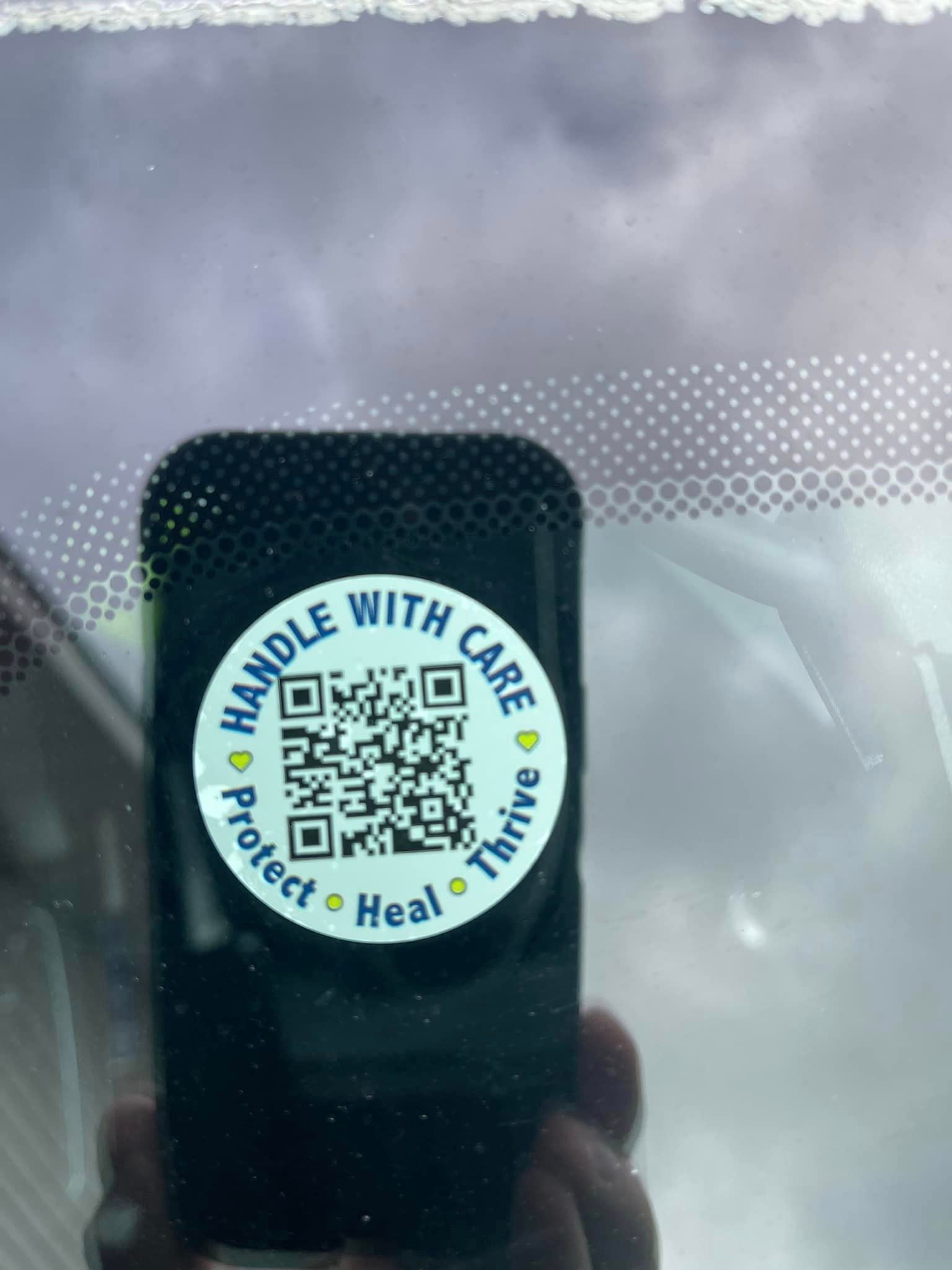TPD joins cooperative effort aimed at traumatized kids
Published 2:40 pm Thursday, October 5, 2023
|
Getting your Trinity Audio player ready...
|
The Tazewell Police Department has joined an initiative whose aim is to build trust between law enforcement and those children who have been exposed to violence and trauma while getting them the help they need. The TPD will be working closely with county schools and local mental health agencies as a committed team in the statewide ‘Handle with Care’ program.
The initiative allows school-age kids exposed to violence, crime and abuse to remain in their classrooms so as not to disrupt their learning curve. The program is working to increase better understanding and positive responses to trauma from family and friends of affected kids.
The initiative hopes to implement on-site mental health services on every school campus.
The ultimate goal of Handle with Care is to make sure students succeed in school, achieving at their highest academic levels despite the traumatic circumstances they have endured.
“The Tazewell Police Department is excited to partner with 8th Judicial District Attorney General Jared Effler’s Office in the Handle with Care initiative,” said Chief Jeremy Myers. “Handle with Care is a statewide program that gives educators a ‘heads up’ regarding a child’s exposure or experience with law enforcement. This could be a domestic violence situation, tragic event or other related incident.
“Every Tazewell Police Department cruiser now has a QR code placed in the upper windshield for the officer to scan. It’s as simple as the officer scanning the QR code putting in the information and sending it to the school. We feel like this is a great way to assist with the needs of students who are involved with law enforcement.”
Police are trained to identify children at the scene, find out where they go to school and send the school a confidential email or fax that simply says ‘Handle Johnny with Care.’ No other information is transmitted.
In addition to providing notice, officers also build positive relationships with students by interacting on a regular basis. They visit classrooms, stop by for lunch and simply chat with students to help promote positive relationships and perceptions of officers.
Meanwhile teachers have been trained on the impact of trauma on learning and are incorporating many interventions to mitigate the negative impact of trauma for identified students, according to the HWC website.
Some of the interventions include sending a student who is exhibiting trauma-related actions to the clinic to rest, going over lessons and postponing testing. Small group counseling by school counselors or referrals to counseling and social service or advocacy programs are also worked into the intervention program. Campuses have also implemented many school-wide interventions to help create a trauma sensitive atmosphere. These interventions could include pairing students with an adult mentor, using a therapy dog or “thumbs up/thumbs down” to indicate if a student is having a good day or a bad day.
Identified students who continue to show behavioral or emotional problems are referred to a counseling agency which provides treatment and potentially trauma-focused therapy. Students can receive on-site counseling during school at times least disruptive for the pupil.
According to a recent national survey, 60 percent of the nation’s children have been exposed to abuse, violence or crime. Some 40 percent were found to have been a direct victim of two or more violent acts.
According to the Handle with Care website, prolonged exposure to violence and trauma can seriously undermine a child’s ability to focus, behave appropriately and learn. It often leads to school failure, truancy, suspension or expulsion, dropping out or involvement in the juvenile justice system.
The initiative heads are hoping the program will be an ideal fit with the state’s ‘Building Strong Brains’ initiative.
The pilot Handle with Care initiative was conducted in 2013 at the Mary C. Snow West Side Elementary School in Charleston, West Virginia. At the time, the school had about 500 students located within an urban area plagued with drug and violent crime. Some 93 percent of the students came from low-income families. The school ranked 398 out of 404 elementary schools across the state for ‘poor performance.’







